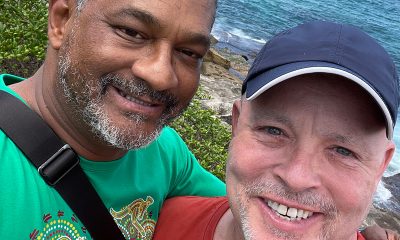Arts & Entertainment
SMYAL set to celebrate 40th anniversary
D.C. LGBTQ youth advocacy group remains focused on the future
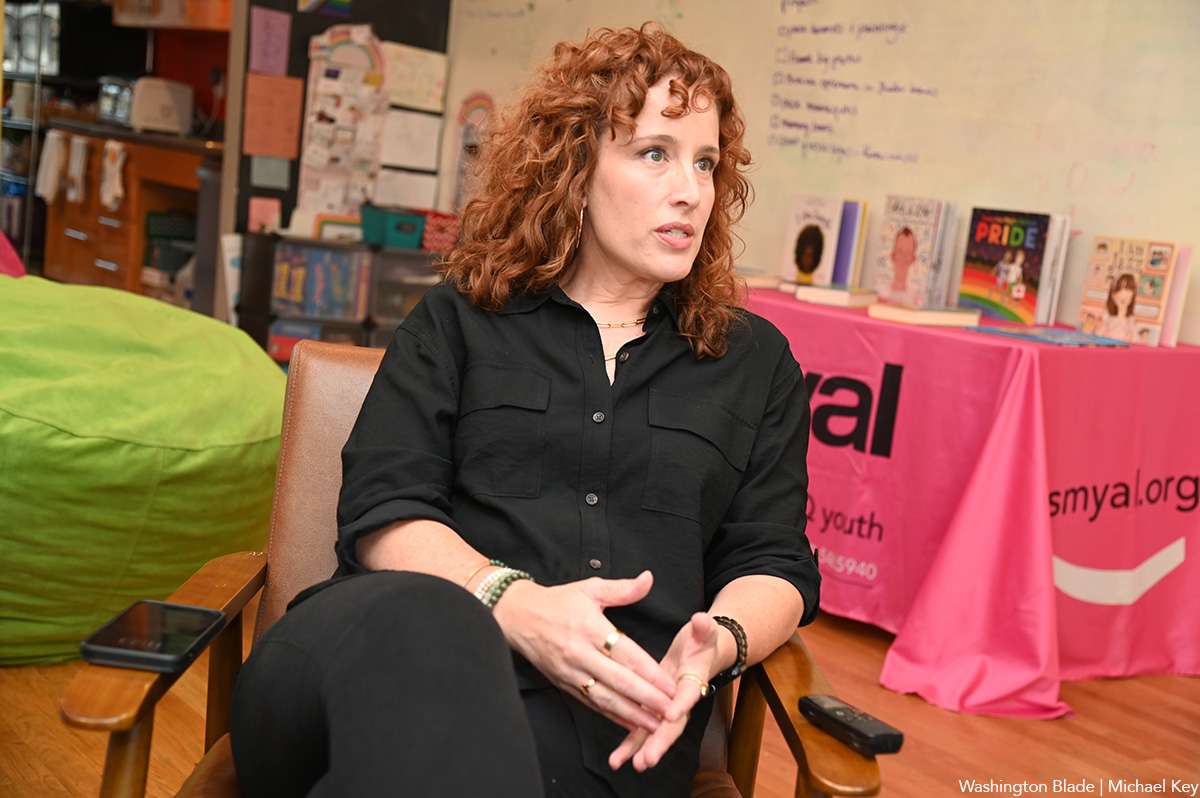
Founded in 1984 by a small group of volunteer gay and lesbian activists who recognized the need for a safe place for LGBTQ youth to meet and receive support, the group SMYAL has evolved over the past 40 years into one of the nation’s largest organizations providing a wide range of support, including housing and mental health counseling, for LGBTQ youth in the D.C. metro area.
SMYAL’s work over its 40-year history and its plans for the future were expected to be highlighted and celebrated at its annual fundraising brunch scheduled for Saturday, Sept. 21 at D.C.’s Marriott Marquis Hotel. SMYAL says the event will be hosted by a “star-studded group,” including MSNBC’s Jonathan Capehart.
“What a profound moment and opportunity to be able to be here while celebrating the 40th anniversary,” said Erin Whelan, who began her role as SMYAL’s executive director in September 2022. “It’s an exciting time for us,” Whelan told the Blade in a Sept. 11 interview along with SMYAL’s Director of Communications Hancie Stokes.
“We just finished a strategic plan,” Whelan said. “Not only are we reflecting on the previous 40 years but really looking to the next three to five years,” she said, adding that the plan calls for continuing SMYAL’s growth, which accelerated over the past four or five years.
Whelan and Stokes spoke with the Washington Blade at SMYAL’s headquarters and LGBTQ youth drop-in center in the Capitol Hill neighborhood. SMYAL’s ability to purchase that building in 1997 through financial support from the community, has played an important role in SMYAL’s history, according to Whelan and Stokes.
The two-story building consists of two attached row houses that it has converted into offices and meeting space.

The two pointed to information posted on the SMYAL website, including information from D.C.’s Rainbow History Project, which tells the story of SMYAL’s founding in 1984. It was a time when many LGBTQ youth faced hardship and discrimination as well as challenges from their families, some of whom were unaccepting of their kids who thought about identifying as gay, lesbian or gender nonconforming.
Local gay activist and attorney Bart Church, one of SMYAL’s co-founders, told fellow activists that he was prompted to help launch an LGBTQ youth advocacy group after learning that gender nonconforming youth, including some who “crossed dressed” and identified as a gender other than their birth gender, were being incarcerated in D.C.’s St. Elizabeth’s psychiatric hospital.
“Recognizing that that these young people were not mentally ill, but instead needed programs that were safe and affirming to explore their identities, Bart and several other allied community members formed a group called SMYAL,” a statement released by SMYAL says. It says Church and other founders named the group the Sexual Minority Youth Assistance League.
“We met at first at Bart’s apartment,” said another co-founder, Joe Izzo, who later worked for many years as a mental health counselor at D.C.’s Whitman-Walker Clinic. In addition to the incarceration of some of the youth at St. Elizabeth’s Hospital, Izzo said the SMYAL founders were concerned about the impact of the AIDS epidemic on gay youth, who may not have been informed about safer sex practices.
D.C. gay activist and economist Chuck Goldfarb, who said he became involved as a SMYAL volunteer in 1986, said he recalls hearing from gay and lesbian social workers who also became involved with SMYAL “that a number of youths who were, in the term they used, cross dressing, were getting locked up in St. Elizabeth’s Hospital psychiatric ward.”
“And Bart Church called together people he knew were service providers and said let’s get together and do something about it,” Goldard told the Blade. “And the first thing they started doing was to put together a referral list of LGBT supportive therapists and counselors,” according to Goldfarb, who could be called to help LGBT youth, and their families address issues such as sexual orientation and gender identity.
Among the original group of founders credited with helping to transform SMYAL into a larger, more comprehensive organization was Stephan Wade, who developed a training program and led a needs assessment effort. The assessment, among other things, determined that what LGBT youth at that time most needed was a safe place to meet and socialize with others like themselves, the SMYAL write-up says.
“Within three years, SMYAL established a well-respected program of youth socialization and education as well as a training program for adult professionals, with outreach to schools, runaway shelters, and juvenile correctional facilities,” the write-up says. “Many individuals contributed to the SMYAL program, but it was Stephan Wade’s expertise and leadership that turned a plan into reality,” it says. The write-up says Wade died of AIDS-related complications in 1995.

With Wade and his fellow volunteers putting in place SMYAL’s first drop-in center for LGBTQ youth and the other programs supported by volunteer counselors and other professionals, SMYAL hired its first full-time staff member in 1989, the write-up says.
Stokes points out that SMYAL drew considerable media attention in 1990 when vocal opposition surfaced to ads SMYAL had placed in high school newspapers announcing its services for LGBT youth, which were initially approved by school officials. The opposition, coming from some parents and conservative advocates opposed to LGBTQ rights, in the long run may have generated attention to SMYAL and its programs that prompted others to support SMYAL including financially.
The SMYAL write-up says the first annual fundraising brunch, which is the organization’s largest fundraising event, began in 2003. Stokes said in the following years SMYAL has received support from local foundations and through a major individual donor program as well as from grants from the D.C. government that support specific SMYAL programs.
Stokes and Whelan also point out that in 2013 SMYAL changed its name from Sexual Minority Youth Assistance League to Supporting and Mentoring Youth Advocates and Leaders, which kept the SMYAL initials. The two said the change reflects SMYAL’s significant expansion of its services beyond its initial core program of providing a safe meeting space for LGBTQ youth.
The two note that in 2017 SMYAL began its housing program for homeless LGBTQ youth; in 2019 it launched its Little SMYALs program, which provides services for youth between the ages of 6 and 12 and their families. And in 2021 SMYAL launched its Clinical Services program, which provides mental health counseling for LGBTQ youth.
Stokes and Whelan said the Little SMYALs program involves parents bringing in their kids mostly to a Saturday gathering where the kids meet, socialize, and play games or do artwork. The two said in the age range of 6 to 12, the Little SMYALers, as they are called, are mostly dealing with their gender identity rather than sexual orientation.
“Kids are expressing to their parents or caregivers that they might feel different,” Whelan said. “Often times that’s expressing that they don’t feel like they are the gender in which they were born. And so, the parents are starting to talk with that youth about what that is.”
Stokes said the Little SMYALs program reaches out to parents as well as the youth. “How do we equip parents to be there to support and believe them when they come out,” is a question that Stokes said SMYAL tries to address. “How do you make sure you are a safe resource when your young person comes to you and says this is who I am? We want people to see you fully and authentically.”
Stokes and Whelan said SMYAL currently has a staff of about 43 and an annual budget of $5.1 million. They said about 90 families are currently enrolled in the Little SMYALs program, with about 30 families with their kids attending on a monthly basis. They said the youth ages 13 through high school age come at least twice a week after school hours and on Saturdays.
“And they do all sorts of things from sharing, just talking, listening to music, eating, and just being in community with each other,” Whelan said of the older kids. Stokes noted that SMYAL also organizes events for the older youth, including a Pride Prom for youth “who might not feel comfortable bringing their partner of choice to their school’s prom.”
The two said SMYAL also organizes an annual activist summit for youth interested in becoming leaders and organizers. They said about 90 youth attended this year’s summit.
“I think one thing that I’m really proud of is that we started as a grassroots organization out of a need in our community,” Whelan said. “And I think through the 40 years that we’ve been in existence, we continue to really anchor in what are the most pressing needs of our communities,” she said.
Further information about SMYAL’s programs and the upcoming brunch can be accessed at smyal.org.
Books
New book highlights long history of LGBTQ oppression
‘Queer Enlightenments’ a reminder that inequality is nothing new
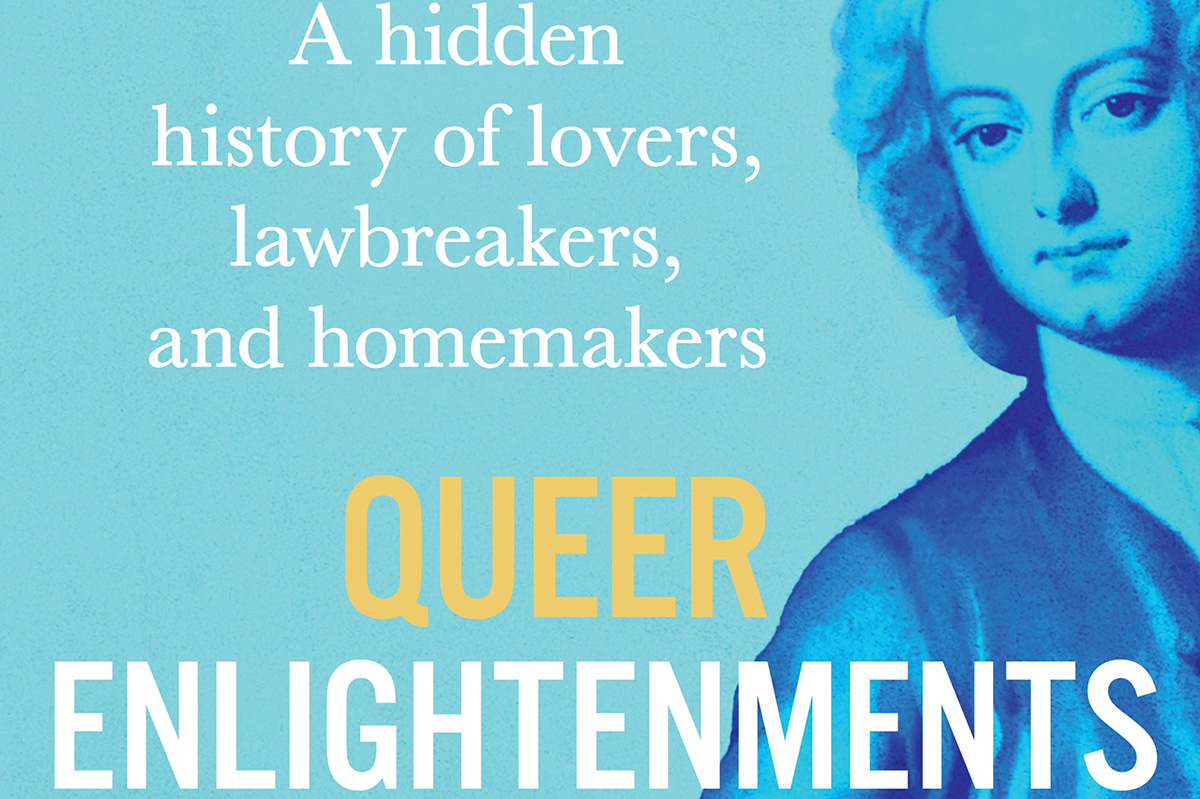
‘Queer Enlightenments: A Hidden History of Lovers, Lawbreakers, and Homemakers’
By Anthony Delaney
c.2025, Atlantic Monthly Press
$30/352 pages
It had to start somewhere.
The discrimination, the persecution, the inequality, it had a launching point. Can you put your finger on that date? Was it DADT, the 1950s scare, the Kinsey report? Certainly not Stonewall, or the Marriage Act, so where did it come from? In “Queer Enlightenments: A Hidden History of Lovers, Lawbreakers, and Homemakers” by Anthony Delaney, the story of queer oppression goes back so much farther.

The first recorded instance of the word “homosexual” arrived loudly in the spring of 1868: Hungarian journalist Károly Mária Kerthbeny wrote a letter to German activist Karl Heinrich Ulrichs referring to “same-sex-attracted men” with that new term. Many people believe that this was the “invention” of homosexuality, but Delaney begs to differ.
“Queer histories run much deeper than this…” he says.
Take, for instance, the delightfully named Mrs. Clap, who ran a “House” in London in which men often met other men for “marriage.” On a February night in 1726, Mrs. Clap’s House was raided and 40 men were taken to jail, where they were put in filthy, dank confines until the courts could get to them. One of the men was ultimately hanged for the crime of sodomy. Mrs. Clap was pilloried, and then disappeared from history.
William Pulteney had a duel with John, Lord Hervey, over insults flung at the latter man. The truth: Hervey was, in fact, openly a “sodomite.” He and his companion, Ste Fox had even set up a home together.
Adopting your lover was common in 18th century London, in order to make him a legal heir. In about 1769, rumors spread that the lovely female spy, the Chevalier d’Éon, was actually Charles d’Éon de Beaumont, a man who had been dressing in feminine attire for much longer than his espionage career. Anne Lister’s masculine demeanor often left her an “outcast.” And as George Wilson brought his bride to North American in 1821, he confessed to loving men, thus becoming North America’s first official “female husband.”
Sometimes, history can be quite dry. So can author Anthony Delaney’s wit. Together, though, they work well inside “Queer Enlightenments.”
Undoubtedly, you well know that inequality and persecution aren’t new things – which Delaney underscores here – and queer ancestors faced them head-on, just as people do today. The twist, in this often-chilling narrative, is that punishments levied on 18th- and 19th-century queer folk was harsher and Delaney doesn’t soften those accounts for readers. Read this book, and you’re platform-side at a hanging, in jail with an ally, at a duel with a complicated basis, embedded in a King’s court, and on a ship with a man whose new wife generously ignored his secret. Most of these tales are set in Great Britain and Europe, but North America features some, and Delaney wraps up thing nicely for today’s relevance.
While there’s some amusing side-eyeing in this book, “Queer Enlightenments” is a bit on the heavy side, so give yourself time with it. Pick it up, though, and you’ll love it til the end.
The Blade may receive commissions from qualifying purchases made via this post.
Movies
In solid ‘Nuremberg,’ the Nazis are still the bad guys
A condemnation of fascist mentality that permits extremist ideologies to take power
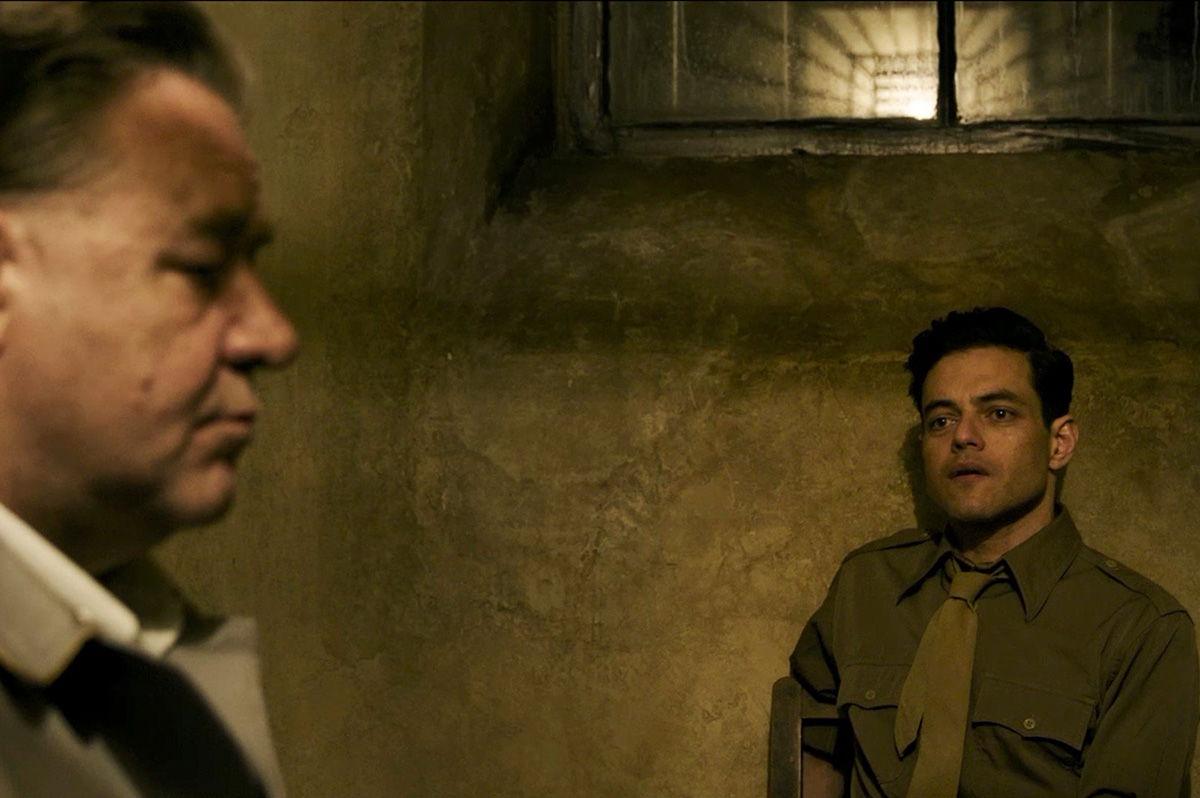
In any year prior to this one, there would be nothing controversial about “Nuremberg.”
In fact, writer/director James Vanderbilt’s historical drama – based on a book by Jack El-Hai about the relationship between Nazi second-in-command Hermann Göring and the American psychiatrist who was tasked with studying him ahead of the 1945 international war crimes trial in the titular German city – would likely seem like a safely middle-of-the-road bet for a studio “prestige” project, a glossy and sharply emotional crowd-pleaser designed to attract awards while also reinforcing the kind of American values that almost everyone can reasonably agree upon.
This, however, is 2025. We no longer live in a culture where condemning an explicitly racist and inherently cruel authoritarian ideology feels like something we can all agree upon, and the tension that arises from that topsy-turvy realization (can we still call Nazis “bad?”) not only lends it an air of radical defiance, but gives it a sense of timely urgency – even though the true story it tells took place 80 years ago.
Constructed as an ensemble narrative, it intertwines the stories of multiple characters as it follows the behind-the-scenes efforts to bring the surviving leadership of Hitler’s fallen “Third Reich” to justice in the wake of World War II, including U.S. Supreme Court Justice Robert Jackson (Michael Shannon), who is assigned to spearhead the trials despite a lack of established precedent for enforcing international law. Its central focus, however, lands on Douglas Kelley (Rami Malek), a psychiatrist working with the Military Intelligence Corps who is assigned to study the former Nazi leadership – especially Göring (Russell Crowe), Hitler’s right-hand man and the top surviving officer of the defeated regime – and assess their competency to stand trial during the early stages of the Nuremberg hearings.
Aided by his translator, Sgt. Howie Triest (Leo Woodall), who also serves as his sounding board and companion, Kelley establishes a relationship with the highly intelligent and deeply arrogant Göring, hoping to gain insight into the Nazi mindset that might help prevent the atrocities perpetrated by him and his fellow defendants from ever happening again, yet entering into a treacherous game of psychological cat-and-mouse that threatens to compromise his position and potentially undermine the trial’s already-shaky chances for success.
For those who are already familiar with the history and outcome of the Nuremberg trials, there won’t be much in the way of suspense; most of us born in the generations after WWII, however, are probably not. They were a radical notion at the time, a daring effort to impose accountability at an international level upon world leaders who would violate human rights and commit atrocities for the sake of power, profit, and control. They were widely viewed with mistrust, seen by many as an opportunity for the surviving Nazi establishment to turn the fickle tides of world opinion by painting themselves as the victims of persecution. There was an undeniable desire for closure involved; the world wanted to put the tragedy – a multinational war that ended more human lives than any other conflict in history before it – in the rear-view mirror, and a rush to embrace a comforting fantasy of global unity that had already begun to disintegrate into a “cold war” that would last for decades. “Nuremberg” captures that tenuous sense of make-it-or-break-it uncertainty, giving us a portrait of the tribunal’s major players as flawed, overburdened, and far from united in their individual national agendas. These trials were an experiment in global justice, and they set the stage for a half-century’s worth of international cooperation, even if it was permeated by a deep sense of mistrust, all around.
Yet despite the political and personal undercurrents that run beneath its story, Vanderbilt’s movie holds tight to a higher imperative. Judge Jackson may have ambitions to become Chief Justice of SCOTUS, but his commitment to opposing authoritarian atrocity supersedes all other considerations; and while Kelley’s own ego may cloud his judgment in his dealings with Göring, his endgame of tripping up the Nazi Reichmarshall never wavers. In the end, “Nuremberg” remains unequivocal in its imperative – to fight against institutionalized racism, fetishized nationalism, and the amoral cruelty of a power-hungry autocrat.
Yes, it’s a “feel-good” movie for the times, a reinforcement of what now feels like an uncomfortably old-fashioned set of basic values in the face of a clear and present danger; mounted with all the high-dollar immersive feels that Hollywood can provide, it offers up a period piece that comments by mere implication on the tides of current-day history-in-the-making, and evokes an old spirit of American ideology as it wrangles with the complexities of politics, ethics, and justice that endure unabated today. At the same time, it reminds us that justice is shaped by power, and that it’s never a sure bet that it’s going to prevail.
While it’s every inch the well-produced, slick slice of Hollywood-style history, “Nuremberg” doesn’t deliver the kind of fully satisfying closure we might long for in our troubled times. For all its classic bravado and heartfelt humanism, it can’t deliver the comforting reassurances we desire because history itself does not provide them. Vanderbilt doesn’t try to rewrite the facts, or soften the blow of their lessons, and while his movie certainly feels conscious of the precarious times in which it arrives, it doesn’t try to give us the kind of wish-fulfillment ending we might long to see – which is ultimately which gives it a ring of bitter truth and reminds us that our world suffers from the evil of corrupt men even when they are defeated.
It’s a movie populated with outstanding performances. Crowe delivers his most impressive turn in years as the chillingly malevolent Göring, and Malek channels all his intensity into Kelley to create a powerfully relatable flawed hero for us to cheer; Shannon shines as the idealistic but practical Jackson, and Woodall provides a likable everyman solidity to counter Malek’s volatile intensity. It might feel early to talk about awards, but it will be no surprise if some of these names end up in the pool of this year’s contenders.
Is “Nuremberg” the anti-Nazi movie we need right now? It certainly seems to position itself as such, and it admittedly delivers an unequivocal condemnation of the kind of fascist, inhuman mentality that permits such extremist ideologies to take power. In the end, though, it leaves us with the awareness that any victory over such evil can only ever be a measured against the loss and tragedy that is left in its wake – and that the best victory of all is to stop it before it starts.
In 2025, that feels like small comfort – but it’s enough to make Vanderbilt’s slick historical drama a worthy slice of inspiration to propel us into the fight that faces us in 2026 and beyond.
Photos
PHOTOS: Whitman-Walker Gala
LGBTQ community health organization holds annual event at Ritz-Carlton

The Whitman-Walker 2025 Gala was held at the Ritz-Carlton Washington, D.C. on Wednesday, Nov. 12.
(Washington Blade photos by Michael Key)
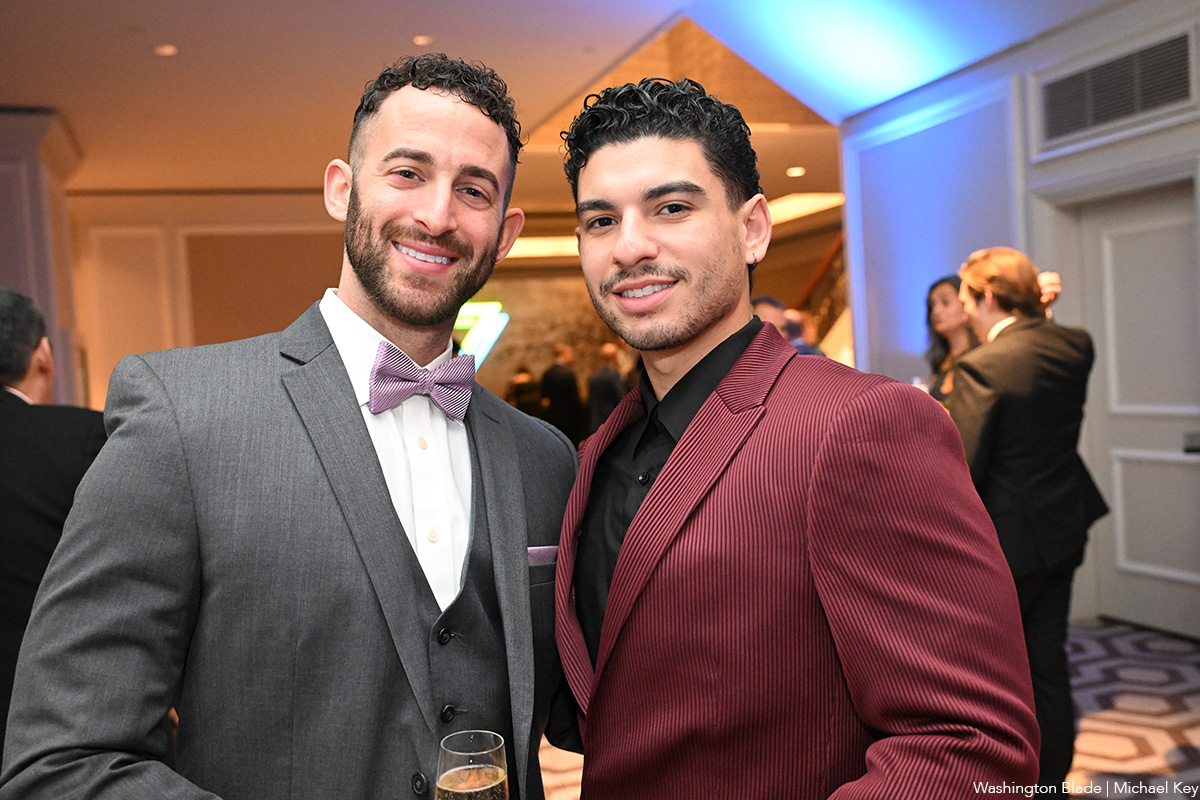
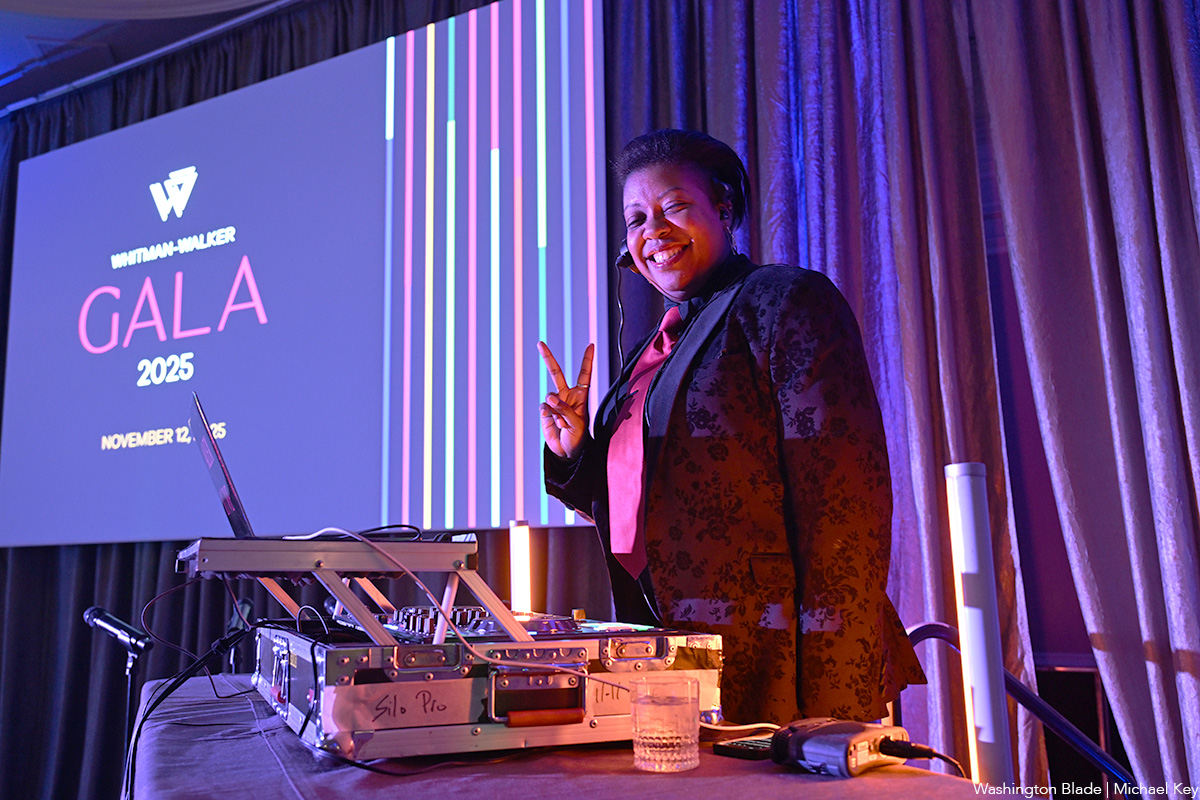
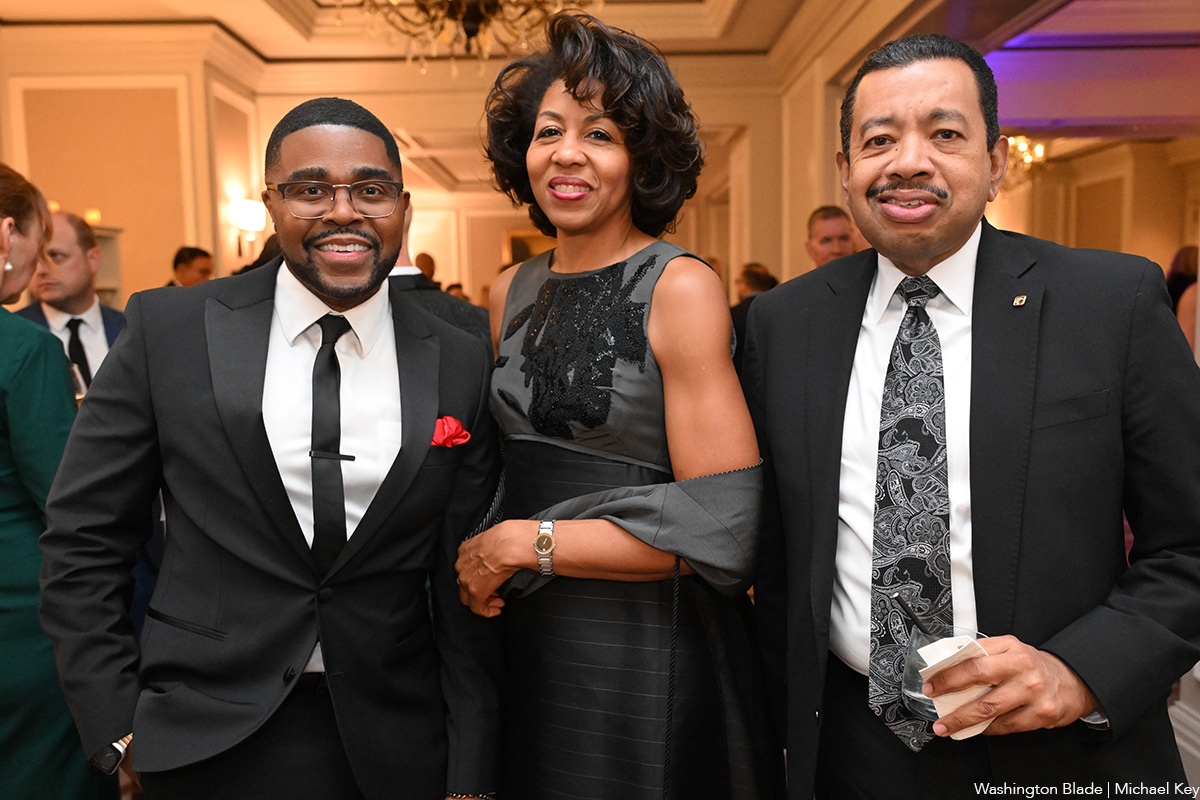

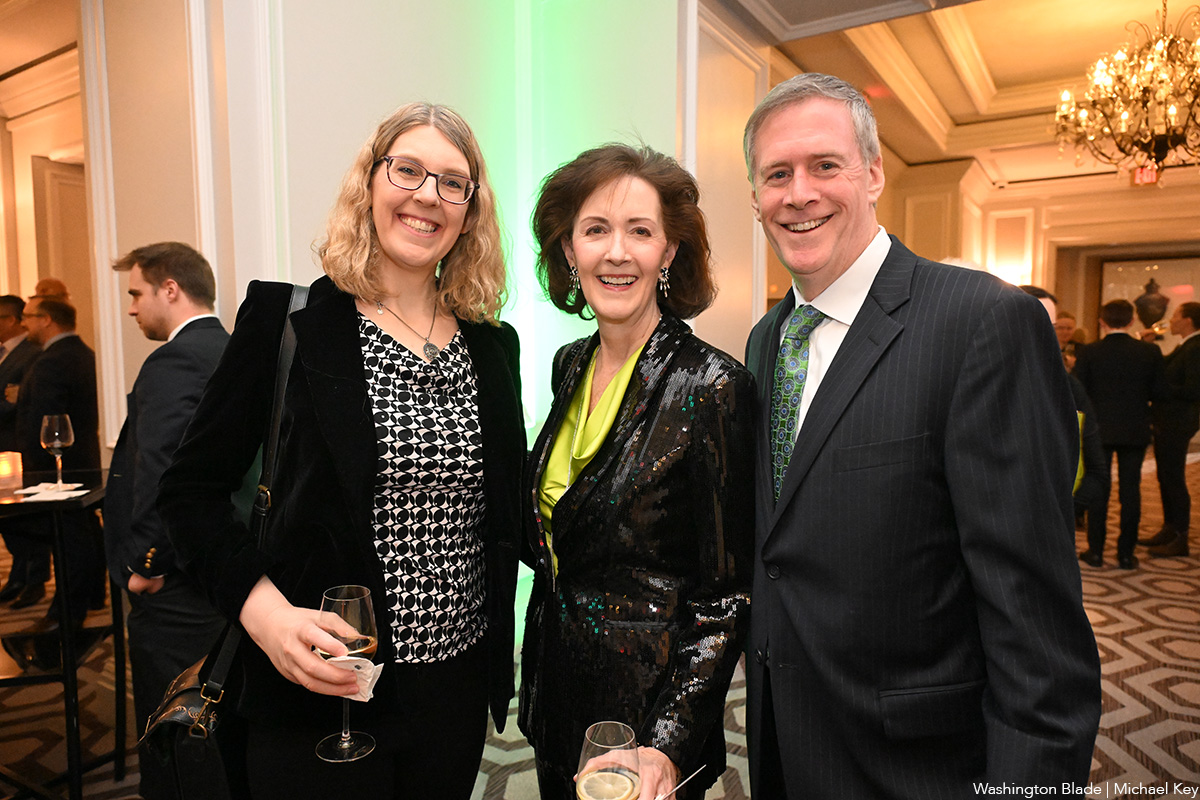
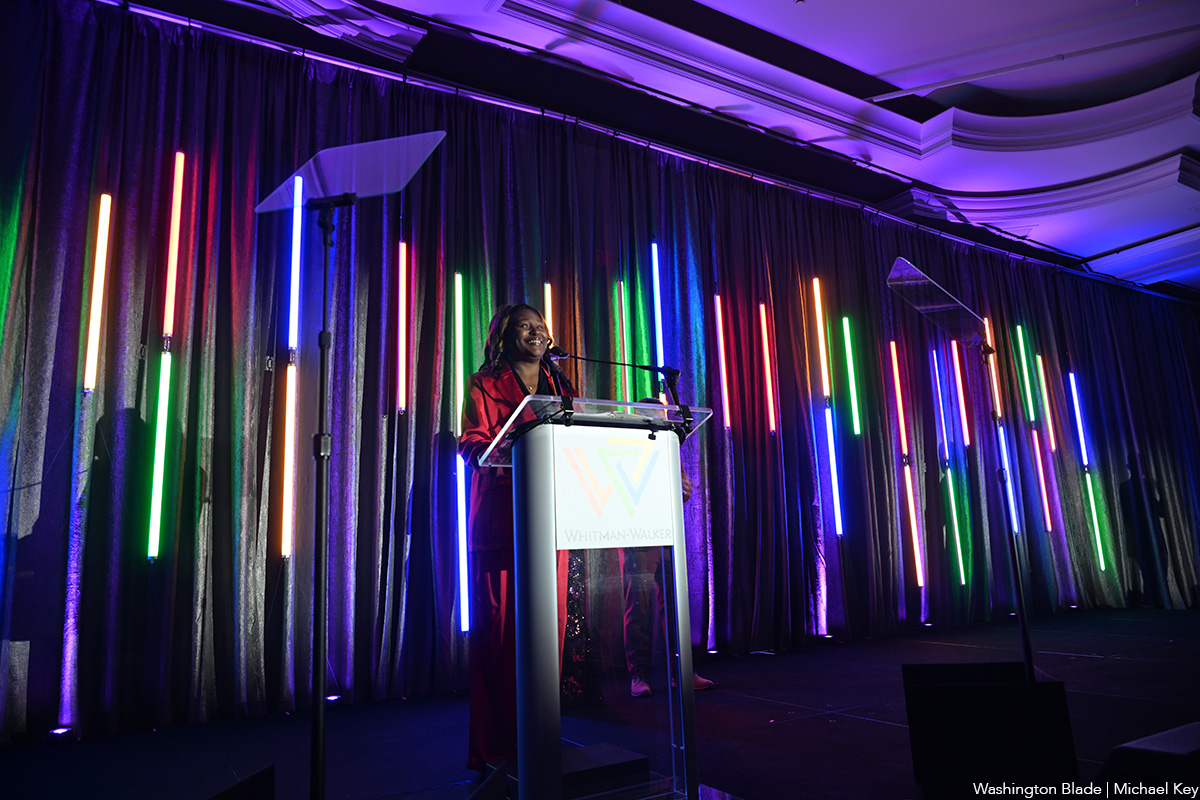


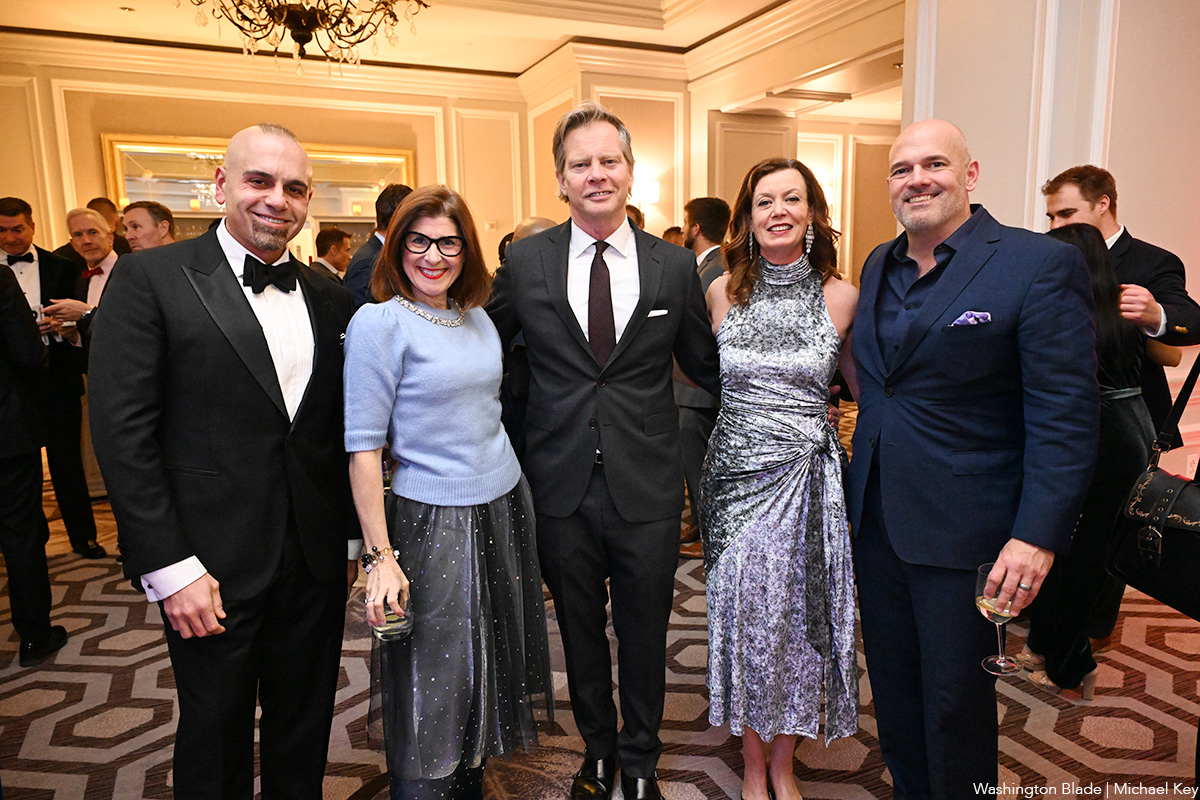
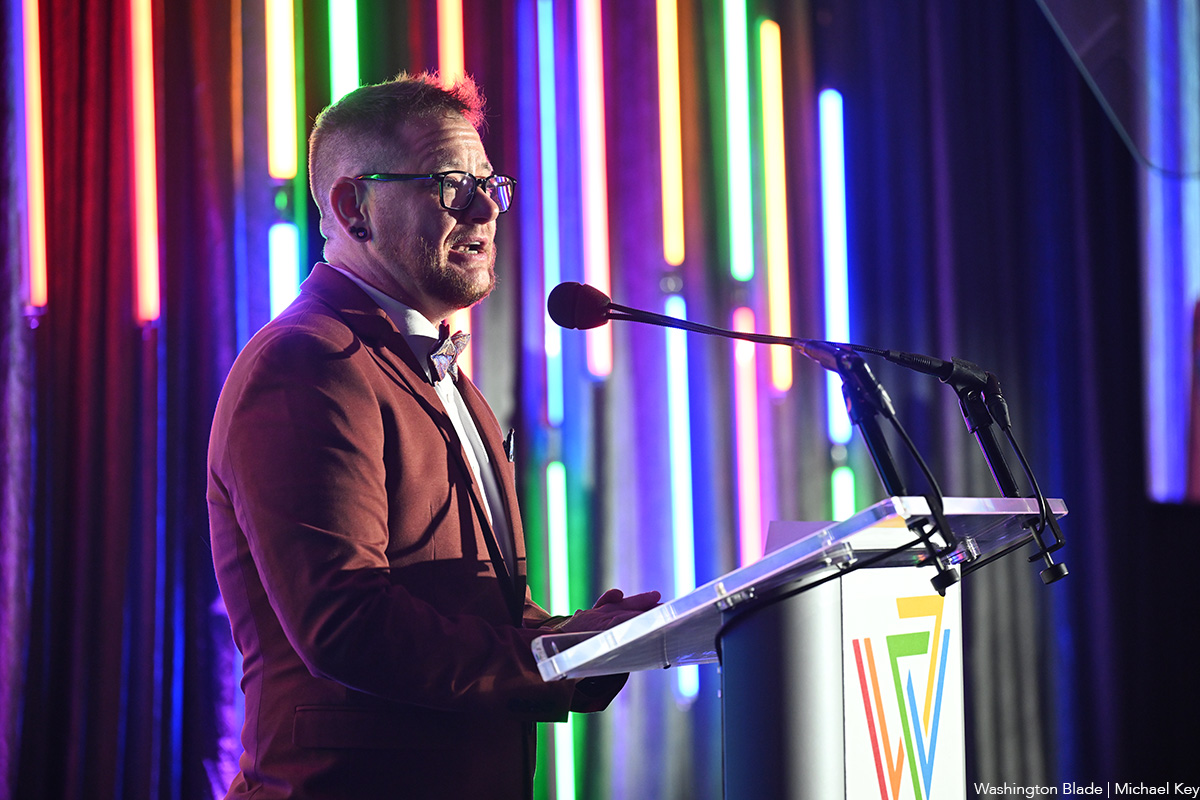
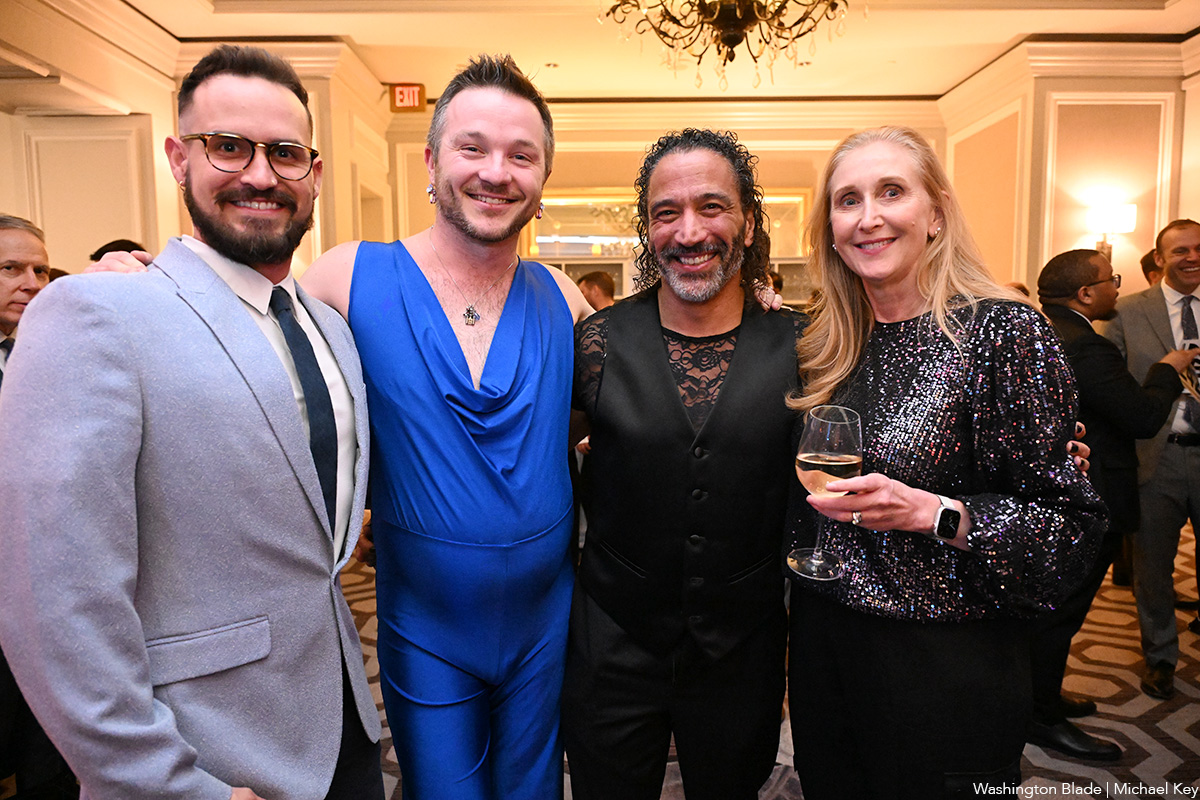

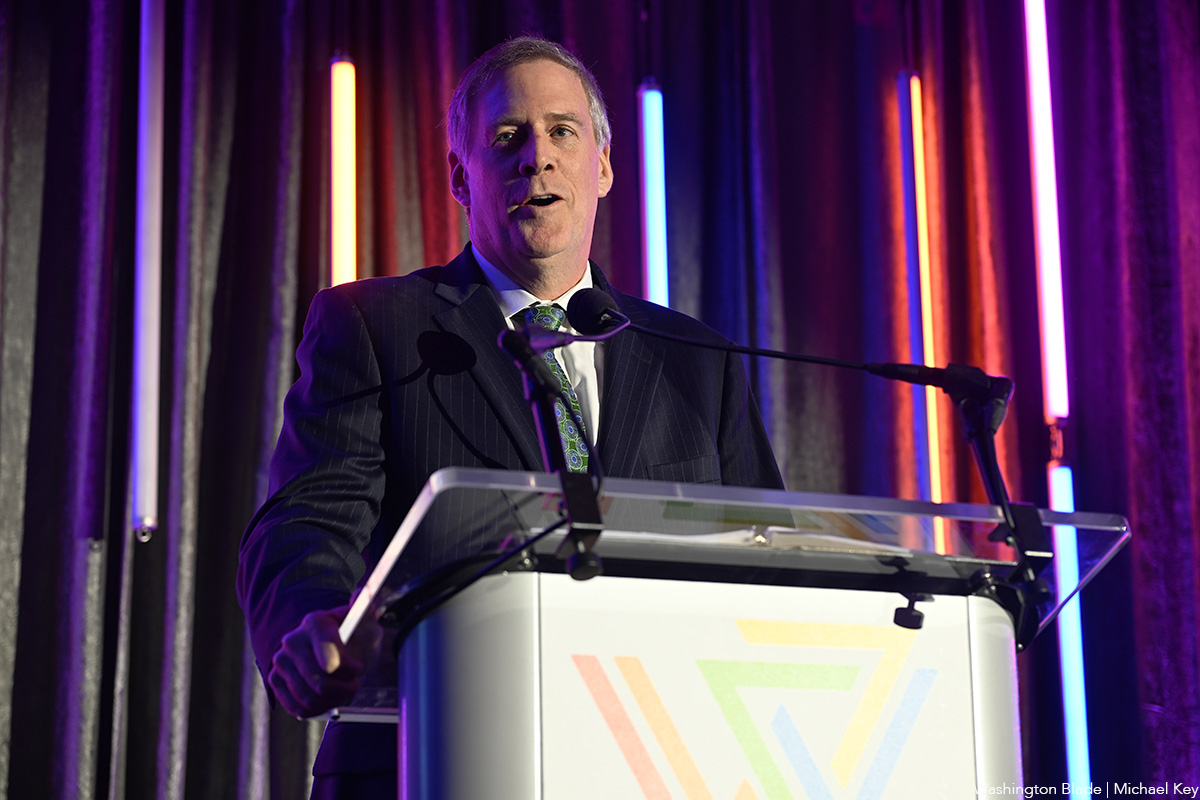

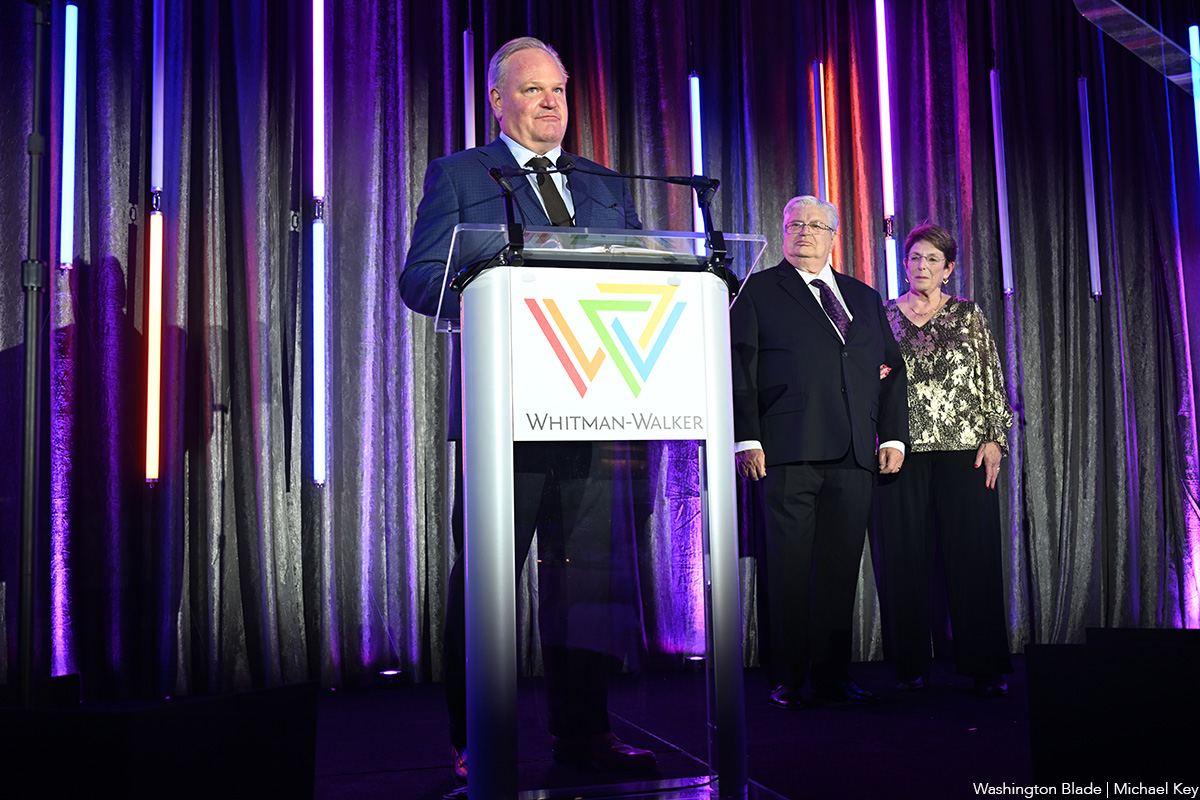
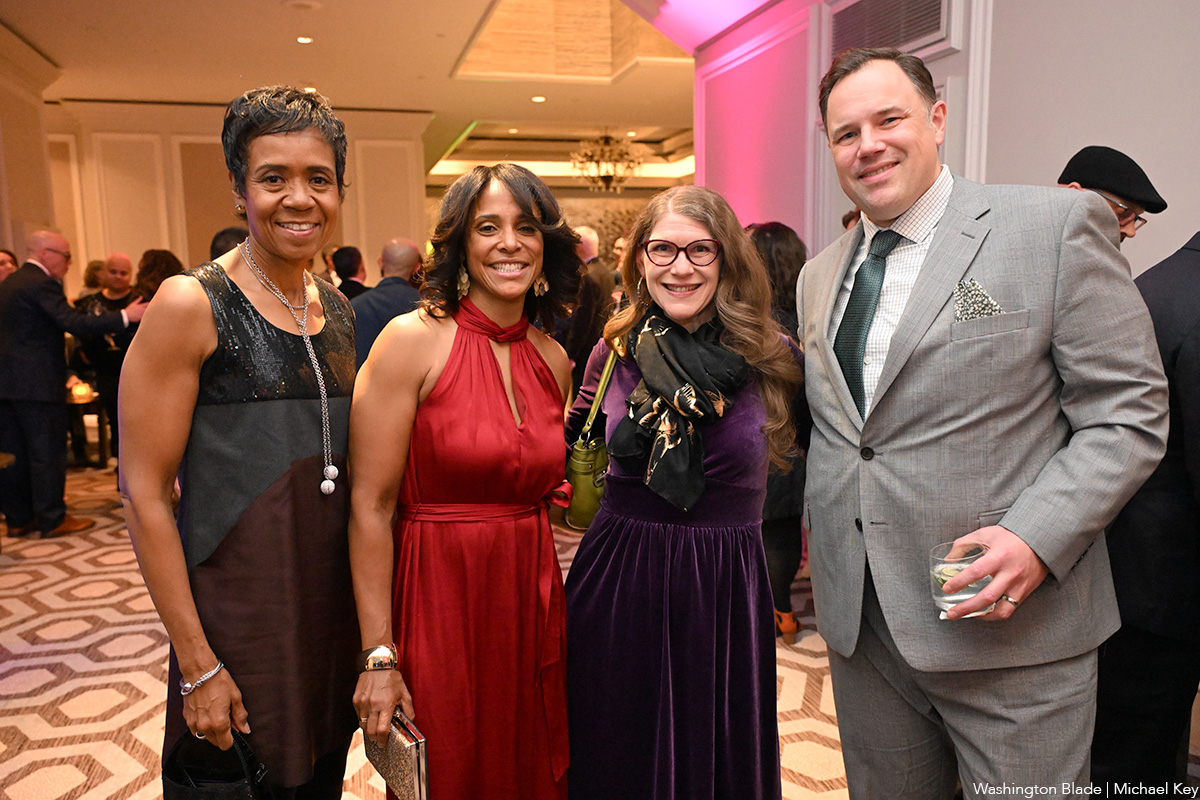
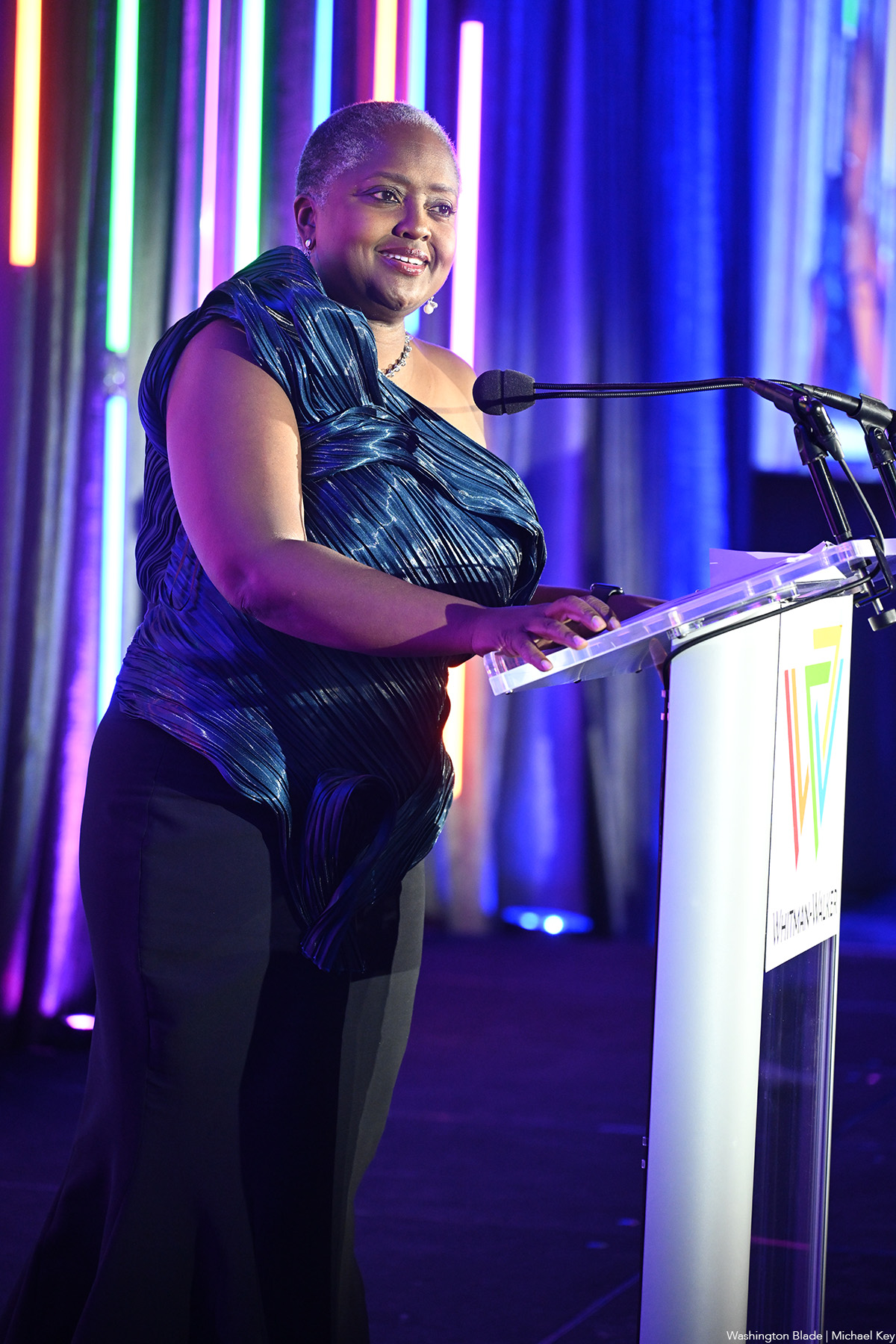

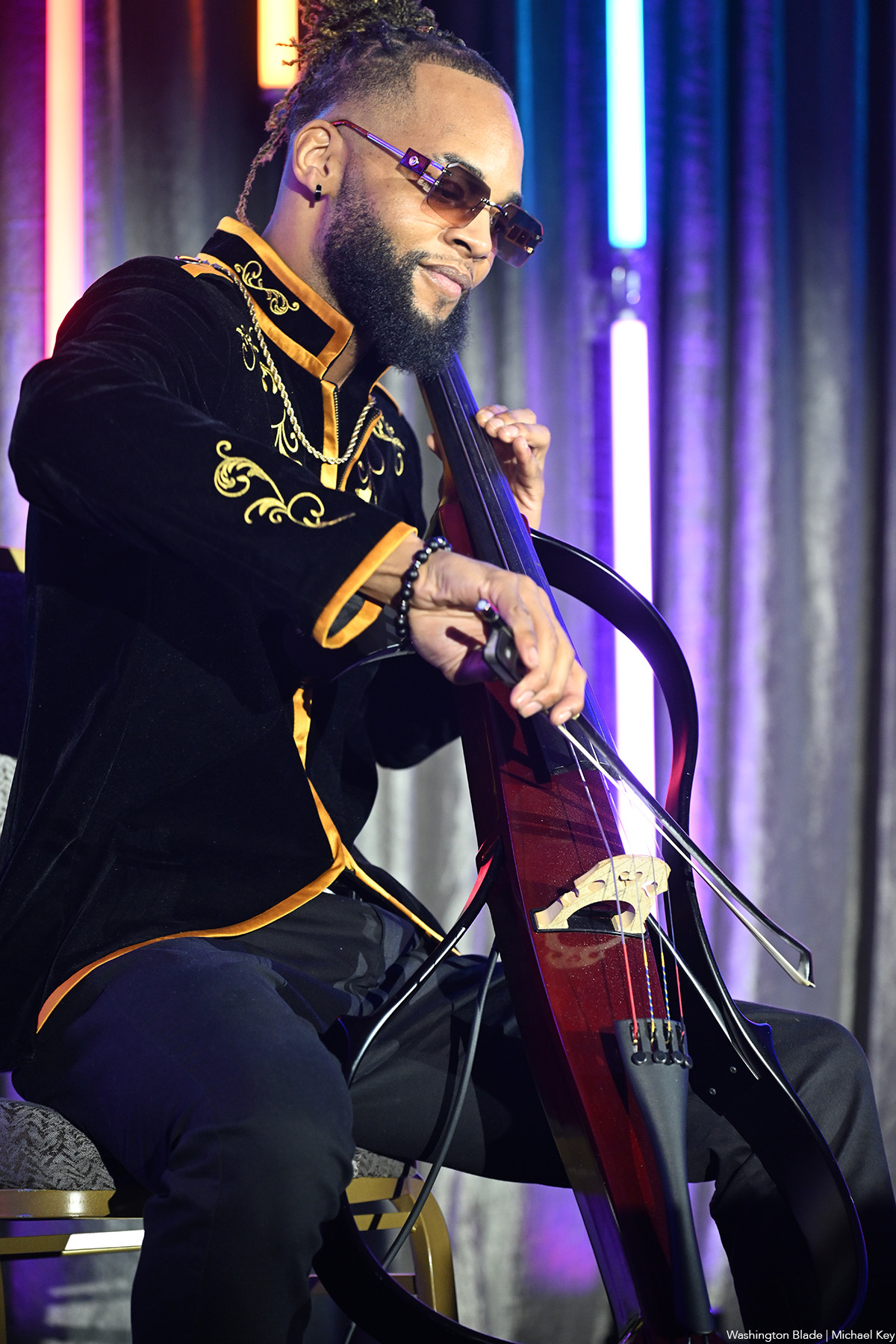


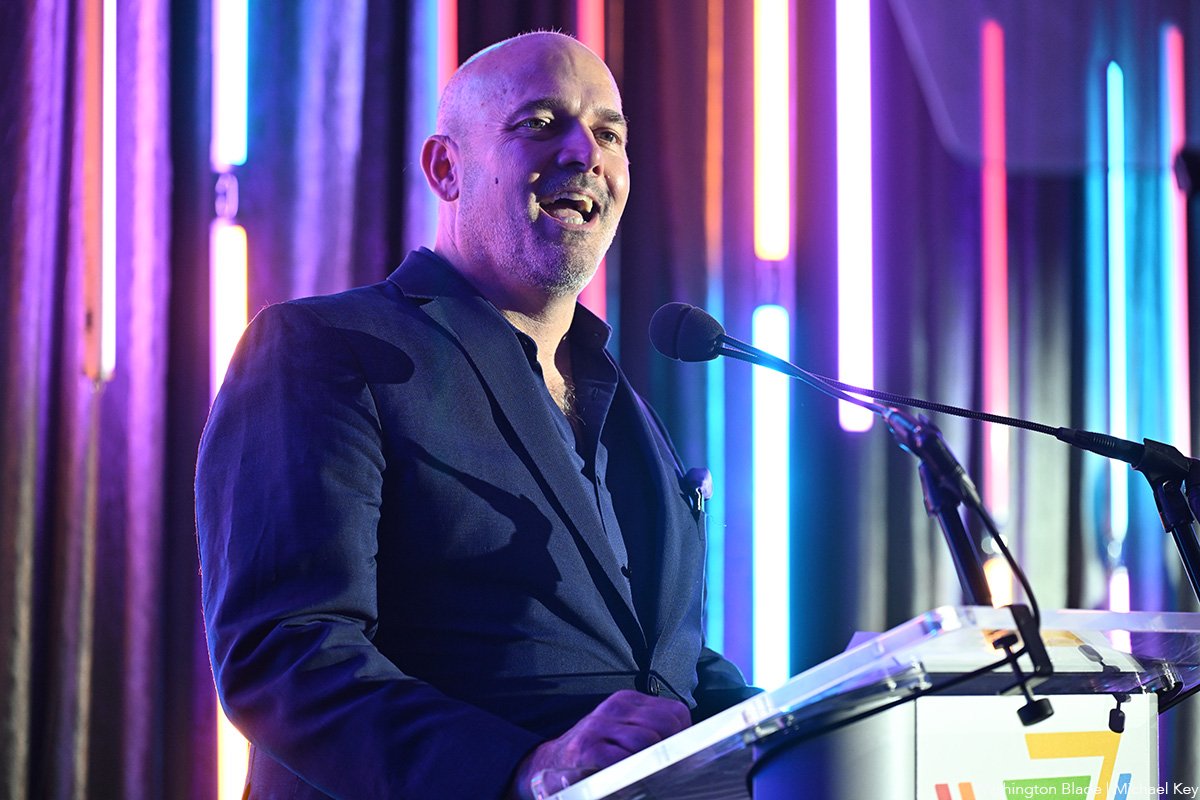




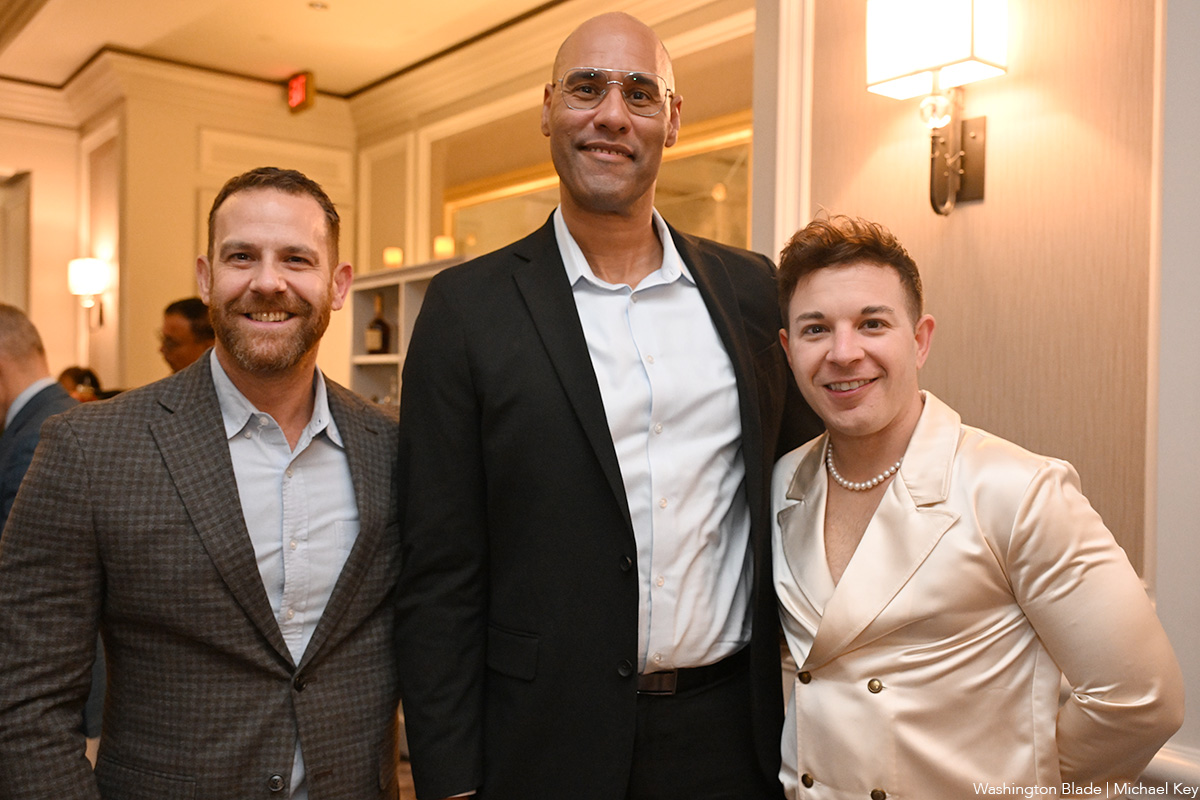



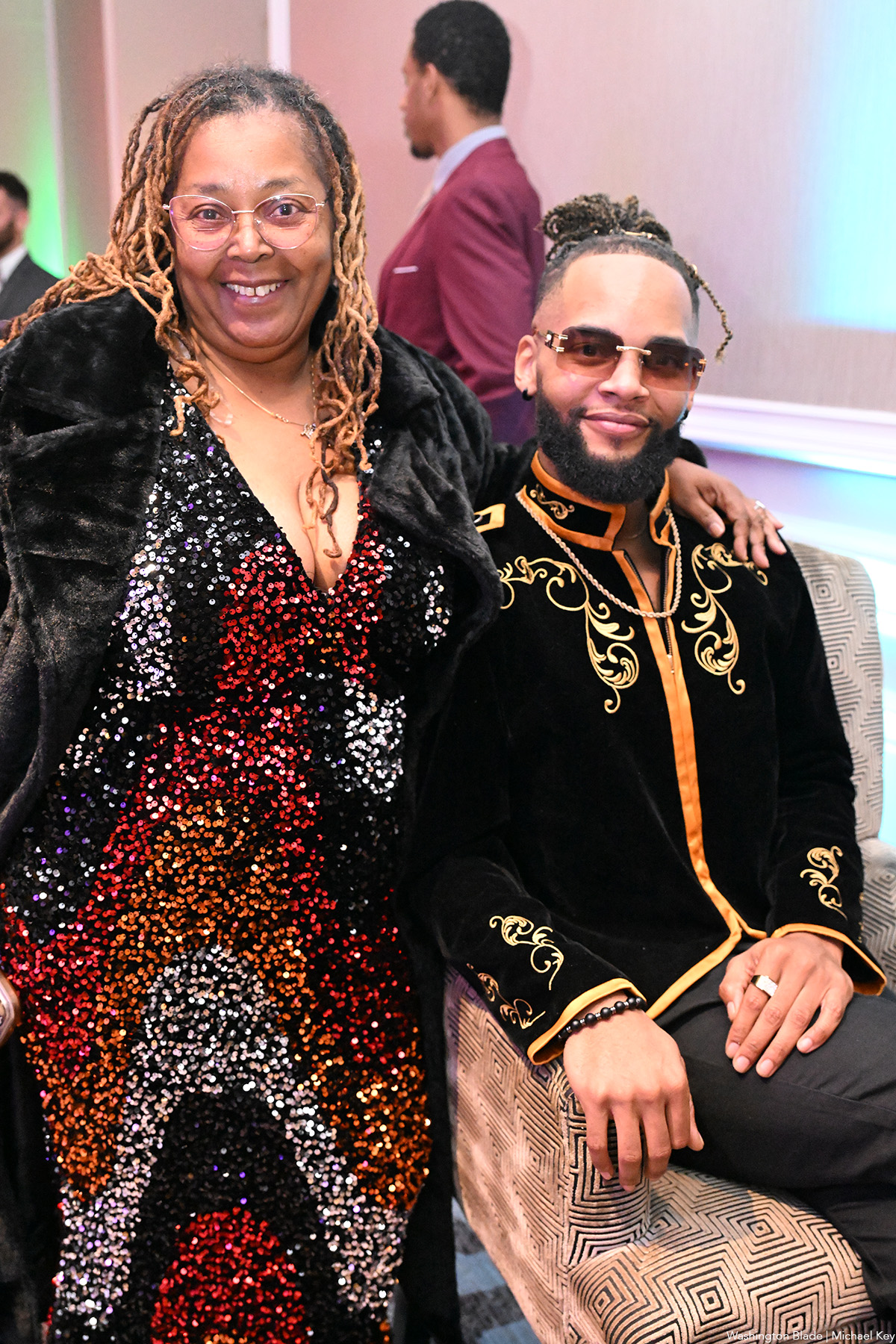
-

 Politics2 days ago
Politics2 days agoPro-trans candidates triumph despite millions in transphobic ads
-

 Turks and Caicos Islands4 days ago
Turks and Caicos Islands4 days agoTurks and Caicos government ordered to recognize gay couple’s marriage
-

 U.S. Military/Pentagon4 days ago
U.S. Military/Pentagon4 days agoServing America, facing expulsion: Fight for trans inclusion continues on Veterans Day
-

 Opinions2 days ago
Opinions2 days agoDemocratic Socialism won’t win the whole country


















